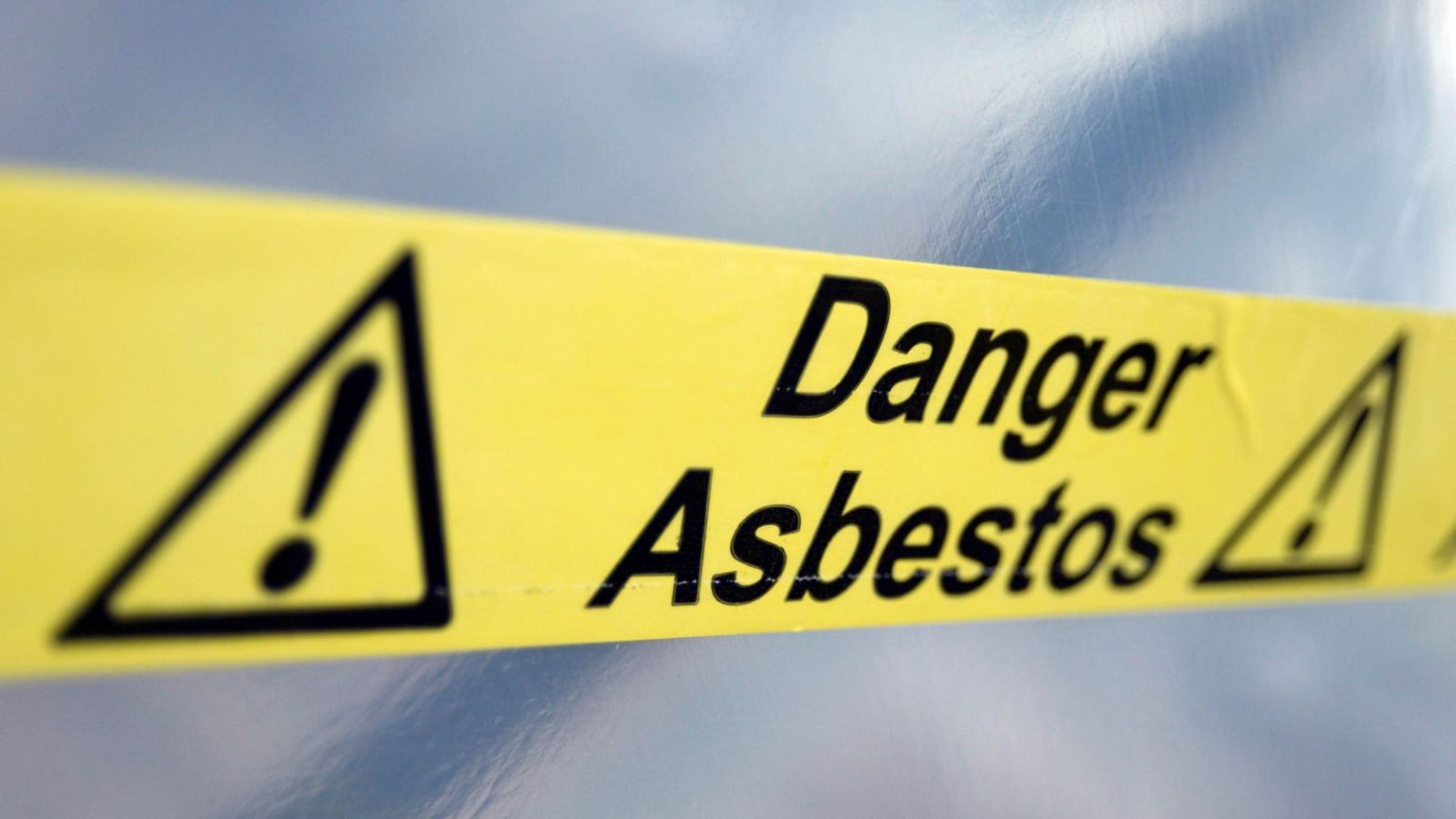Topline
A complete ban on asbestos was introduced by the Environmental Protection Agency on Monday, making the U.S. one of the last Western countries to outlaw the carcinogenic chemical, and following decades of thwarted political efforts to end its use.
Key Facts
The EPA in collaboration with the Biden administration announced a finalized ban of chrysotile asbestos (or white asbestos), the only form of asbestos still regulated for use and import in the U.S. and most commonly used in chlorine bleach.
The proposed ban would immediately make importing chrysotile asbestos illegal when the ban is put into place, though it would give companies 12 years to phase out the use of asbestos in building materials.
Asbestos is a fibrous mineral found in soil and rocks widely used up until the 1980s as insulation in building materials and other products since it’s fire resistant and strong, but was also used in automotive parts like brake pads and gaskets.
The only industry still importing chrysotile asbestos is the chlor-alkali industry, which uses the chemical to make chlorine bleach, according to the EPA’s announcement.Over 60 countries have a complete ban on all forms of asbestos, including the U.K., Canada, Australia, Italy, Japan, South Korea, South Africa, Argentina and Brazil, with some country bans dating back to the 1980s.
The chemical is highly toxic: tiny fibers make their way into the lungs and remain for a long time after breathing in, increasing the risk of developing certain cancers like lung cancer and mesothelioma, according to the American Lung Association.
Big Number
40,000. That’s about how many Americans die from asbestos-related health issues each year, according to research from the Asbestos Disease Awareness Organization.
Crucial Quote
“Today’s rule is a positive first step to give all Americans a future free of exposure to asbestos—a carcinogen that has killed far too many,” Sen. Jeff Merkley, D-Ore, said in a statement.
Contra
The chrysotile advocacy group International Chrysotile Association maintains that chrysotile is safe when used correctly. The group argues a ban on chrysotile asbestos would lead to an increased use of per- and polyfluoroalkyl substances (PFAS) in the chlor-alkali industry. Scientists are still evaluating PFAS’ health effects on humans, but some research suggests they can cause kidney and testicular cancer, an increase in cholesterol levels, decreases in birth weight and lower antibody responses to vaccines. Although the American Chemistry Council—an industry trade organization—agrees with the EPA’s asbestos ban, they believe rather than a 12-year period, a “15-year transition period is needed to support an orderly transition, and to avoid a significant disruption of chlorine and sodium hydroxide supplies,” Steve Risotto, senior director of Chemical Products and Technology Division, told Forbes.
Key Background
Congress passed the Frank Lautenberg Chemical Safety Act in 2016 under the Obama administration, a bipartisan-backed amendment to the 1976 Toxic Substances Act that intended to regulate tens of thousands of toxic chemicals in everyday products. This included use in older products for buildings like houses and schools where Americans are more commonly exposed to them. This year’s asbestos ban will be the first ruling finalized under this amendment. However, the EPA attempted to ban the chemical in the past. The agency passed a 1989 ban on asbestos, but it was struck down by a 1991 court decision, which argued the EPA didn’t have “substantial evidence” to ban the chemical and it may have “adverse economic effects” on foreign countries. This court ruling limited the agency’s authority to address human health risks from asbestos or other chemicals. A significant new use rule was enacted in 2018 under the Trump administration and challenged the 2016 amendment by allowing the government to evaluate asbestos use on a case-by-case basis. It also excluded the evaluation of safety risks from legacy asbestos use—in things like old houses and buildings—from the EPA’s safety assessment. This was “likely in violation of the law” passed in 2016, alleged the advocacy organization the Environmental Working Group. A U.S. Circuit Court of Appeals agreed, and ruled in 2019 the EPA unlawfully excluded some of the most dangerous chemicals from its safety review, including asbestos.
Read the full article here





